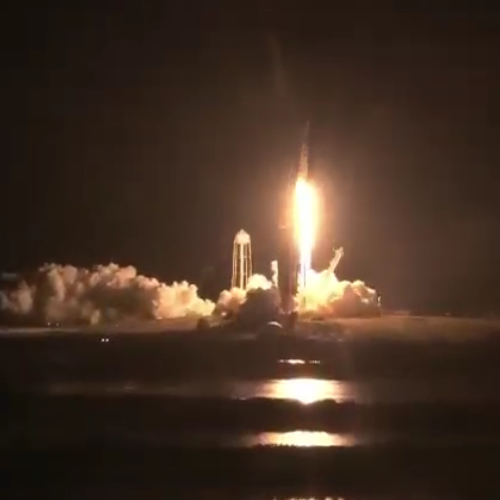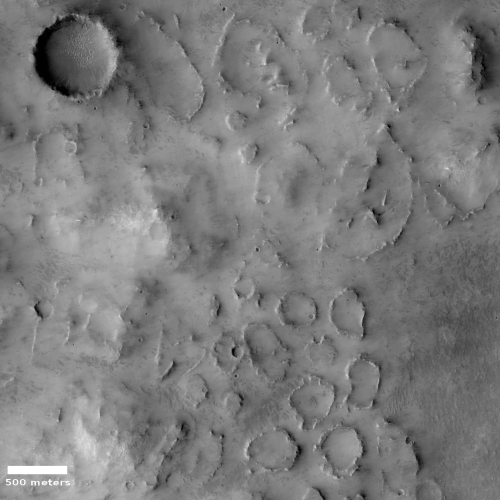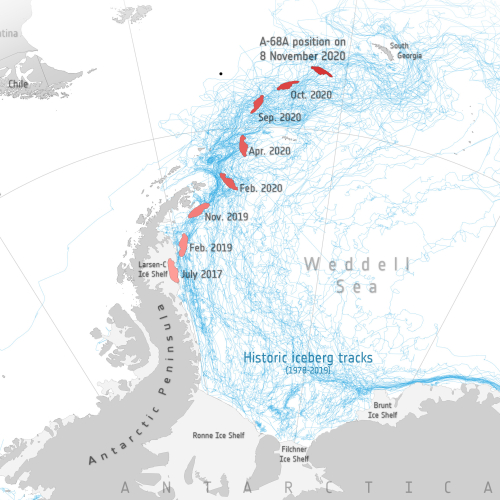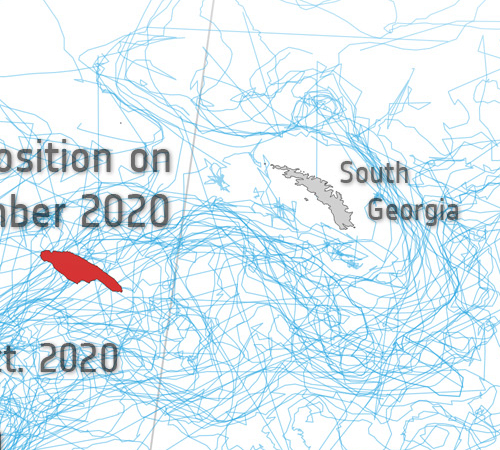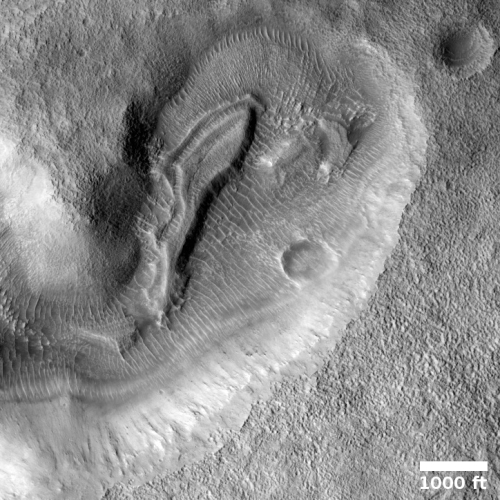Venus results suggesting life downgraded
Surprise! Surprise! Further research and review of the recent results that said phosphine existed in Venus’s atmosphere — which for some immediately suggested the presence of life — has found that the phosphine probably doesn’t exist.
[A]lmost immediately, other astronomers began to criticize the results, with four independent studies pointing out questionable methods or failing to reproduce the results.
Now, after reanalyzing their data, the original proponents are downgrading their claims. Even the most favorable interpretation of their data now suggests phosphine levels are at least seven times lower than first reported, making it a much more tentative finding, the authors reported in a preprint posted on 17 November to arXiv.
Also, observations in other wavelengths detected no phosphine, even though it should have been there if the first study was correct. Furthermore, other scientists have noted that the spectrum features detected might not be caused by phosphine. The sulphur dioxide in Venus’s atmosphere could instead be their source.
Even if phosphine is eventually confirmed, that is not the discovery of life on Venus, as so many in the mainstream press claimed. As I noted when this result was first announced, phosphine isn’t life, it is merely a specific inanimate molecule. That on Earth it only exists in connection with life-processes means nothing. Venus is a very alien place, and there could be any number of inanimate chemical processes that we have no experience with or knowledge of that could produce it there. To claim its discovery suggests the existence of life, or even the possibility of life, is simply junk science.
Surprise! Surprise! Further research and review of the recent results that said phosphine existed in Venus’s atmosphere — which for some immediately suggested the presence of life — has found that the phosphine probably doesn’t exist.
[A]lmost immediately, other astronomers began to criticize the results, with four independent studies pointing out questionable methods or failing to reproduce the results.
Now, after reanalyzing their data, the original proponents are downgrading their claims. Even the most favorable interpretation of their data now suggests phosphine levels are at least seven times lower than first reported, making it a much more tentative finding, the authors reported in a preprint posted on 17 November to arXiv.
Also, observations in other wavelengths detected no phosphine, even though it should have been there if the first study was correct. Furthermore, other scientists have noted that the spectrum features detected might not be caused by phosphine. The sulphur dioxide in Venus’s atmosphere could instead be their source.
Even if phosphine is eventually confirmed, that is not the discovery of life on Venus, as so many in the mainstream press claimed. As I noted when this result was first announced, phosphine isn’t life, it is merely a specific inanimate molecule. That on Earth it only exists in connection with life-processes means nothing. Venus is a very alien place, and there could be any number of inanimate chemical processes that we have no experience with or knowledge of that could produce it there. To claim its discovery suggests the existence of life, or even the possibility of life, is simply junk science.

